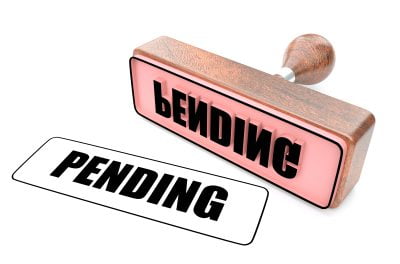The Federal Reserve has committed to improving the market for commercial real estate loans by allowing investors in its Term Asset-Backed Securities Loan Facility (TALF) to purchase existing securities backed by loans on commercial real estate on the same terms: little money down, with the Fed providing all the financing needed to leverage investor acquisition of dirty loans. This is the Fed’s first effort to support markets for already-existing commercial real estate loans. The Fed’s plan to finance the buy up of commercial loans by investors is intended to free the banks who currently hold these undesired loans, allowing them to lend again on commercial projects. If successful, the program could help prevent foreclosures in the commercial real estate market by supporting banks with funds to invest, so those banks can refinance the loans coming due during the next year or two.
first tuesday take: The nonresidential loans currently being held by the banks are primarily short term loans with a 7-10 year due date, to be paid in full or rolled over at the end of that time. Unfortunately for commercial property owners needing to roll over the financing, these loans are currently valued very poorly in the commercial backed securities market (CBSM), and the banks want out. Without government involvement, banks have no desire to make new commercial loans, and literally no resale market available to get already-existing loans off their books by selling them.
Here comes the Fed to the rescue, with very cheap money! Under the current TALF plan, private funds (like hedge funds or other major centers of speculative wealth) will provide 10% down to buy these loans at a discount, presumably from banks who no longer want them but will now be able to sell them at near face value. The down payment by wealthy investors will certainly be treated as option money; if the loans go sour in any number, these investors will simply abandon them, almost with impunity since their investment is government-backed. 90% of the money lent to these investors will be nearly interest free.
Thus the investors will get a spread of six to eight percent on the price paid for the commercial loans, since the loans are currently paying 8% or more, minus the 2-3% interest charged by the Fed. At that rate, the earnings within three to four months will fully repay the private investors who put up the 10%, and the market will have a chance to recover – with the private investors’ recovery leading the way.
Re: “Fed widens effort to back commercial real estate loans”, from the Washington Post














Really enjoyed reading through. I certainly enjoyed reading it, you can be a great author. I be taught something tougher on completely different blogs everyday.
I would like a copy of Form 409. I see the entire forms library can be purchased, but I am not ready/cannot afford the entire library. Is there a way to obtain one free or to buy forms on a per form basis?
For those who own commercial property, a Cost Segregation Study should seroiusly be considered. It can significantly reduce tax liabilities and increase cash flow.